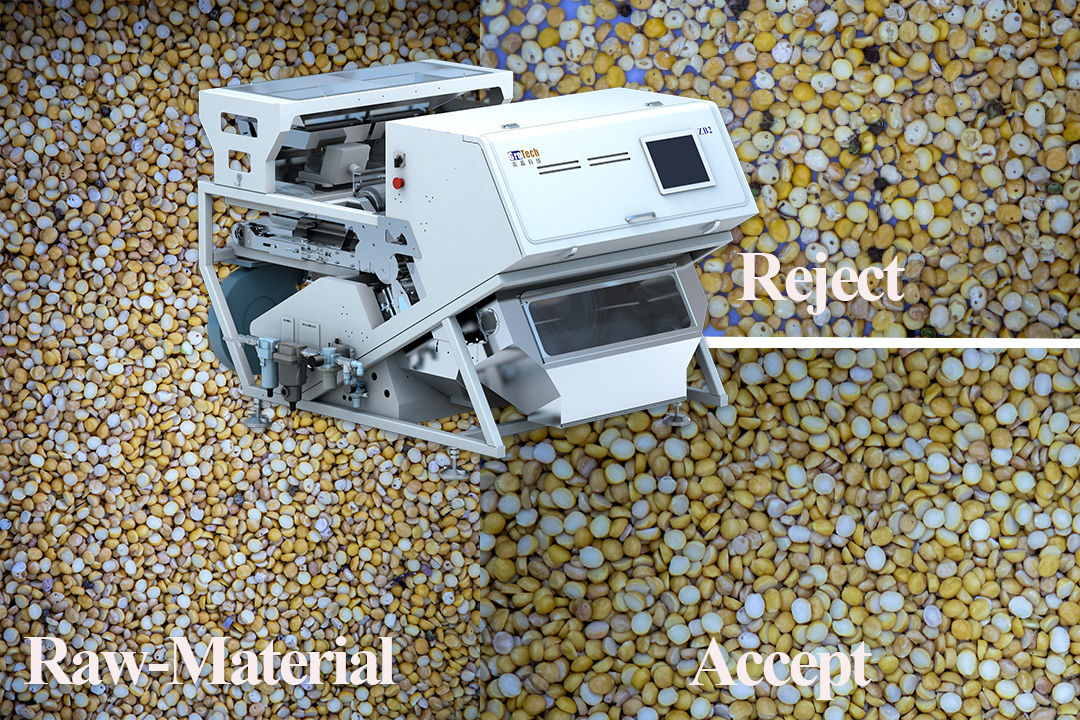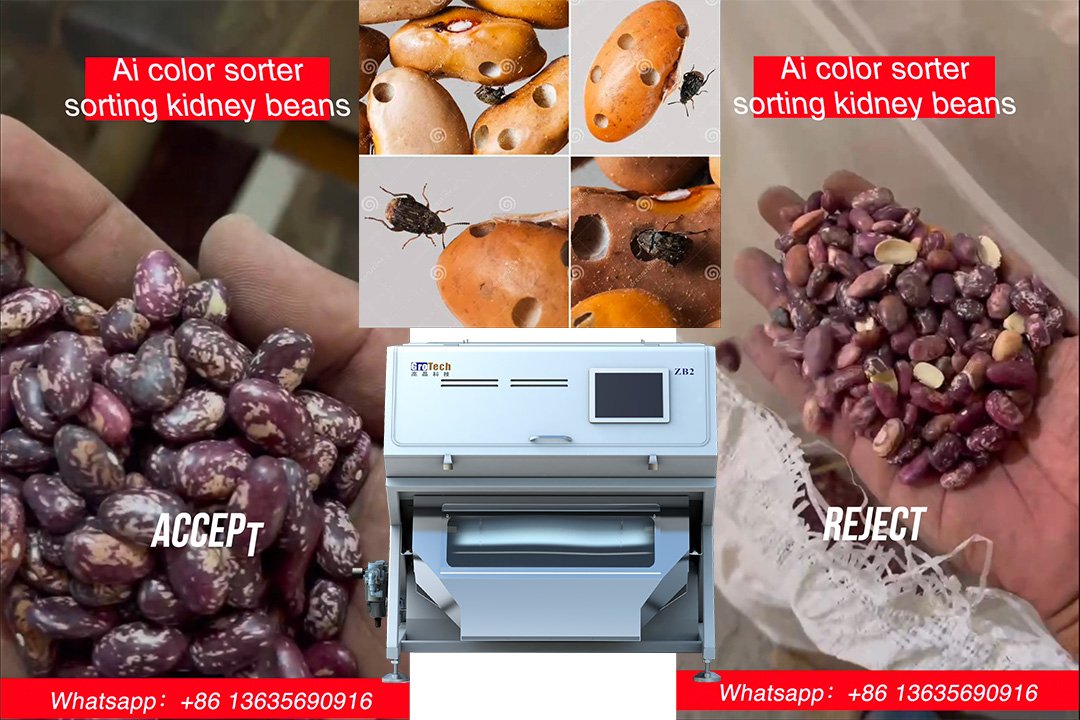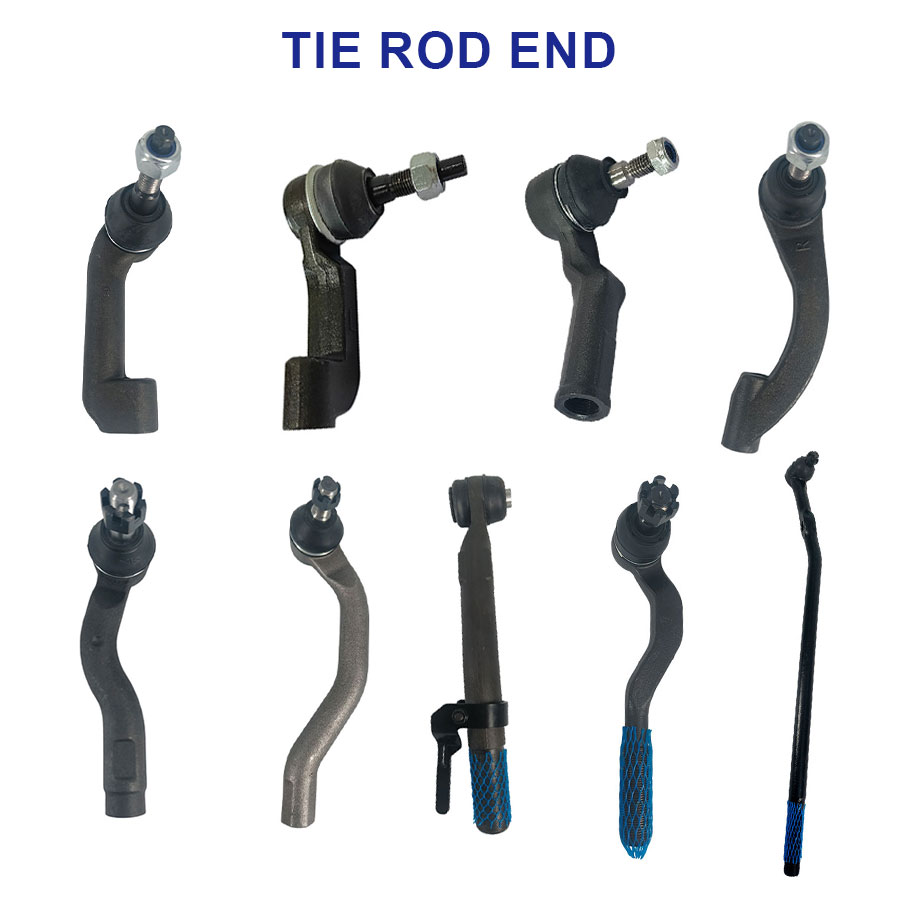For manufacturers and processors dealing with sticky, irregular, or poorly flowing materials, accurate and efficient weighing can be a notable challenge. Traditional weighing equipment often struggles with these substances, leading to inefficiencies, product waste, and inconsistent packaging. The UUPAC High-Stable Dimple 14 Head Weigher is a practical solution.

- Why Sticky Products Need a Specialized Weigher?
Sticky materials—think capers, fresh meat, mustard, pickles, or powdered sugar—don’t behave like standard goods. Their tendency to clump, adhere to surfaces, or flow unevenly creates a cascade of issues:
- Inconsistent weights that risk non-compliance with packaging regulations.
- Frequent jams requiring manual cleaning, halting production lines.
- Overfilled packages wasting product or underfilled ones damaging brand trust.
- Rising labor costs as staff intervene to fix clogs or adjust settings.
- Key Features of UUPAC's 14 Head Weigher: Designed for Performance
What makes this multihead weigher stand out? Let's look at its notable features, each tailored to enhance productivity and reliability:
1. High-Precision Load Cells
Equipped with special load cells that meet strict accuracy standards, the weigher delivers consistent results, even for small or lightweight items. It achieves an accuracy of ±0.1g and has a minimum scale interval of 0.1g, which helps ensure every package meets your target weight, reducing waste and supporting compliance. The weigher can handle a weighing range of 5-600g per hopper, making it versatile for various product sizes.
2. IP65 Waterproof Rating
Built to withstand harsh production environments, the weigher features an IP65 rating—meaning it’s dust-tight and resistant to low-pressure water jets. With a 1.3L scraper hopper, all hoppers can stay open during cleaning, simplifying maintenance and reducing downtime.
3. Smart Program Recovery & Calibration
The weigher’s program recovery function helps minimize operational failures, while multi-segment weight calibration allows for fine-tuning based on product characteristics. This adaptability contributes to long-term stability, and it can reach a maximum weighing speed of 60 packages per minute, ensuring efficient production.
4. Anti-Stick & Anti-Noise Design
Material-contacting parts are coated with anti-noise PVC, preventing sticky substances from adhering to surfaces and reducing noise during operation. This helps keep the machine running smoothly with less manual cleaning.
5. Customizable Stepper Motor Settings
The stepper motor angle can be adjusted according to different products, ensuring optimal discharge speed and preventing product buildup—important for maintaining efficiency with varying viscosities.
6. User-Friendly Interface
With a 99-program capacity, the weigher adapts to diverse weighing needs. Its intuitive touchscreen includes a help menu, making operation simple for staff with minimal training.
7. Modular Electronic System
The modular design simplifies function expansion and maintenance, reducing repair costs and enabling quick troubleshooting—beneficial for keeping production lines running. The weigher operates on a power supply of 220V, 50/60Hz, which is compatible with many standard power systems.
8. High-Stability A/D Card
A professional A/D (Analog-to-Digital) card ensures accurate signal conversion, enhancing overall weighing stability. Plus, cards are interchangeable, minimizing downtime if replacement is needed. In terms of size, it has dimensions of 1,140(L)×1,140(W)×1,853(H)mm and a gross weight of 520kg, making it suitable for various production line setups.
9. Secure & Upgradable HMI
The HMI (Human-Machine Interface) includes multi-level authority management to protect settings, and programs can be upgraded via USB—keeping your equipment up-to-date with minimal effort.
- Ideal Applications: What Can UUPAC's High-Stable Dimple 14 Head Weigher Weigh?
Food Products: Fresh meat, pickles, mustard, capers, small fish, powdered sugar, and more.
Viscous/Irregular Items: Any material with poor fluidity or irregular shapes that traditional weighers struggle to handle.
- Why Consider UUPAC's 14 Head Weigher?
For foreign equipment buyers, investing in reliable, efficient machinery directly impacts your production efficiency. The UUPAC High-Stable Dimple 14 Head Weigher offers:
- Reduced Waste: Precise weighing helps cut down on overfilled packages.
- Less Downtime: Easy cleaning, modular design, and program recovery minimize stops.
- Versatility: Handles diverse products, adapting to changing production needs.
- Long-Term Value: Durable construction and upgradable features support a lasting investment.
If you're dealing with inefficiencies when handling sticky or irregular materials, the UUPAC's 14 Head Weigher could be a viable solution. With high stability, precision, and user-friendly design, it's built to streamline your production line.











